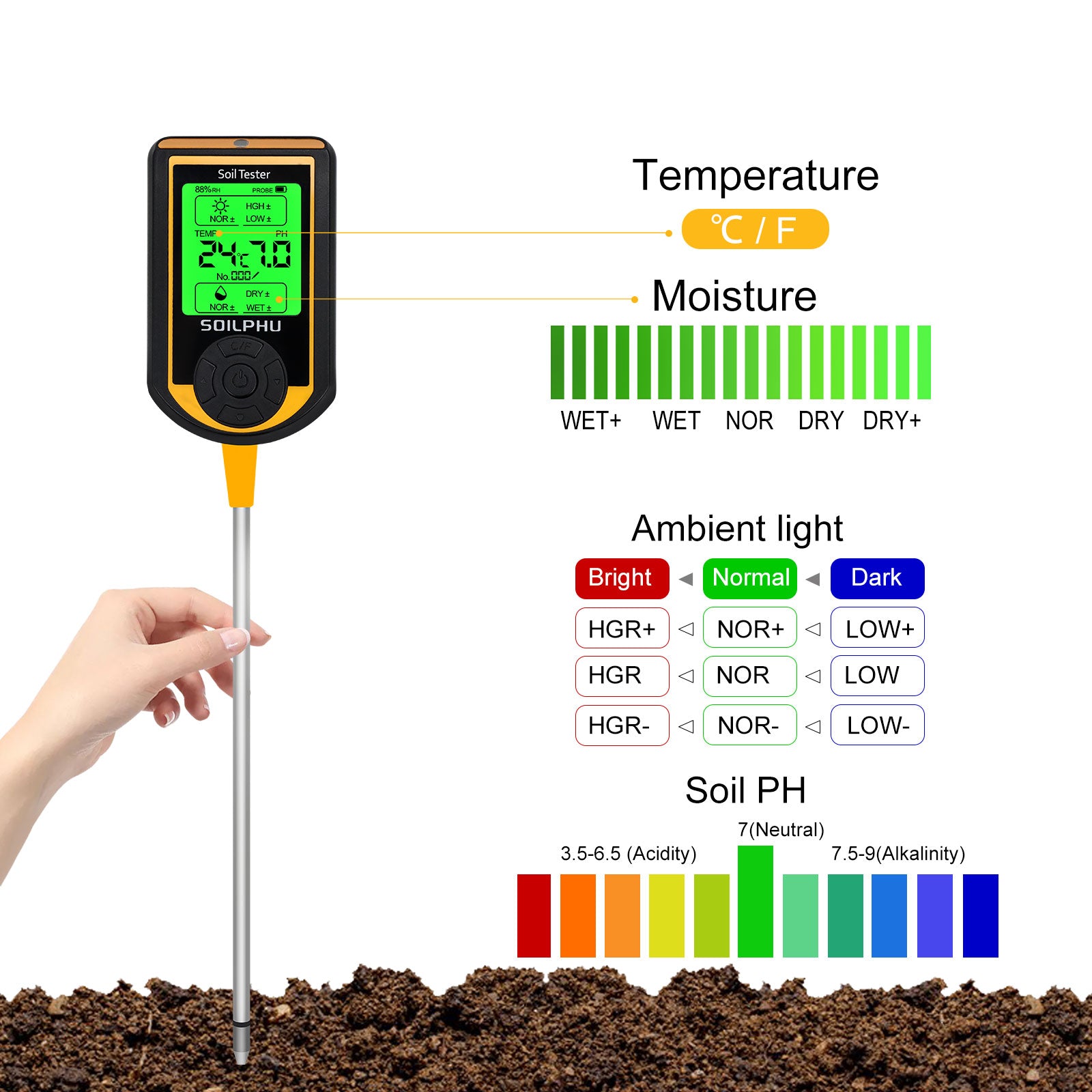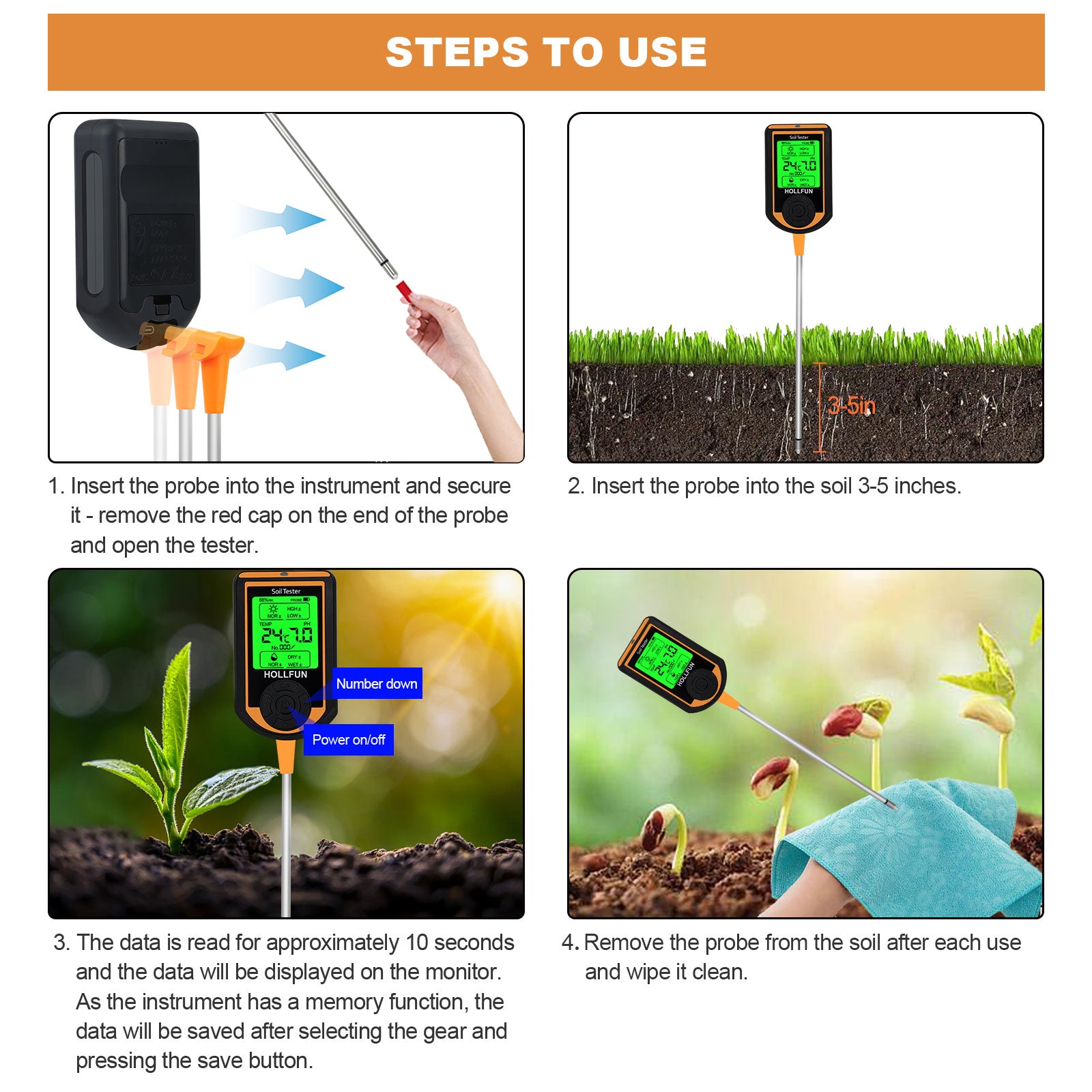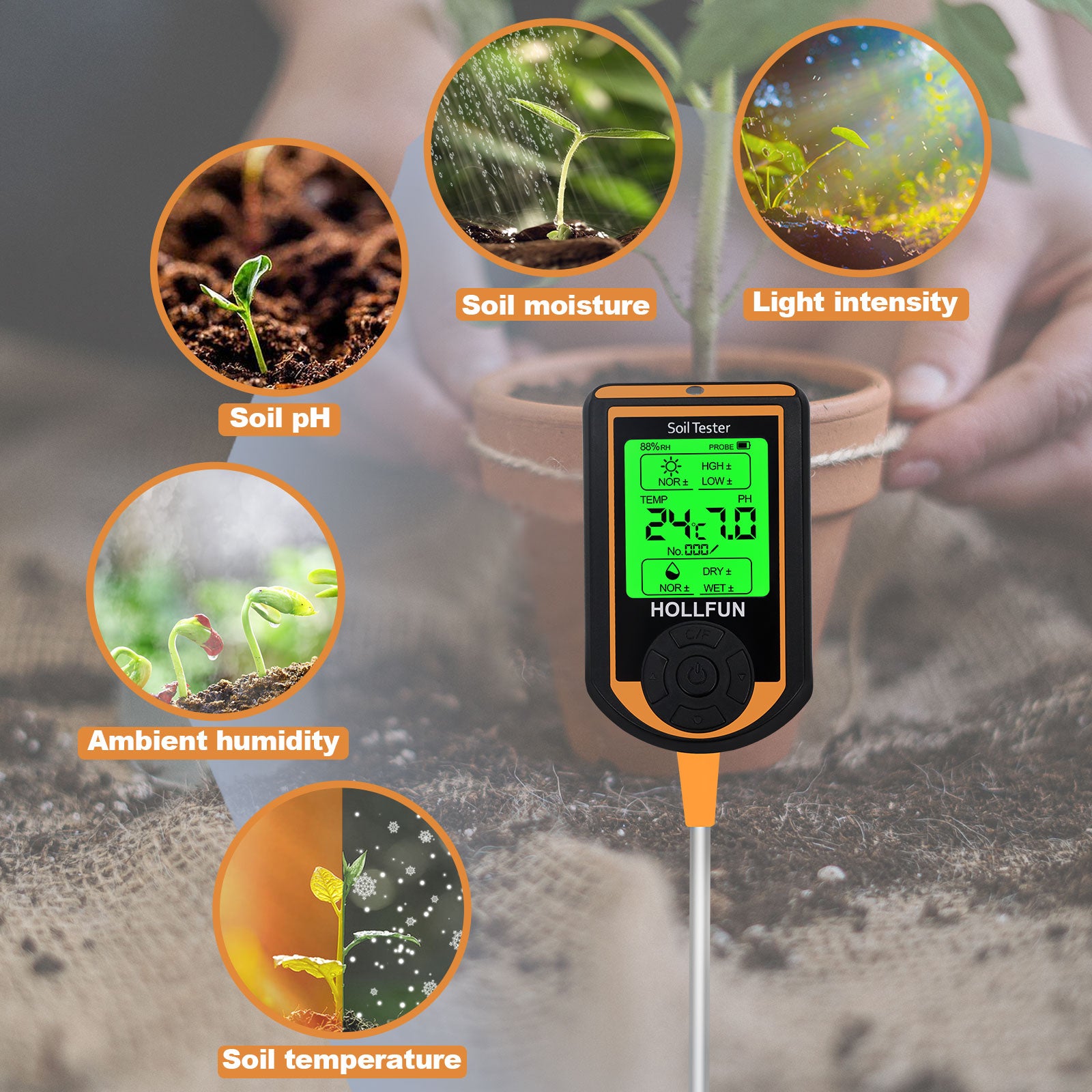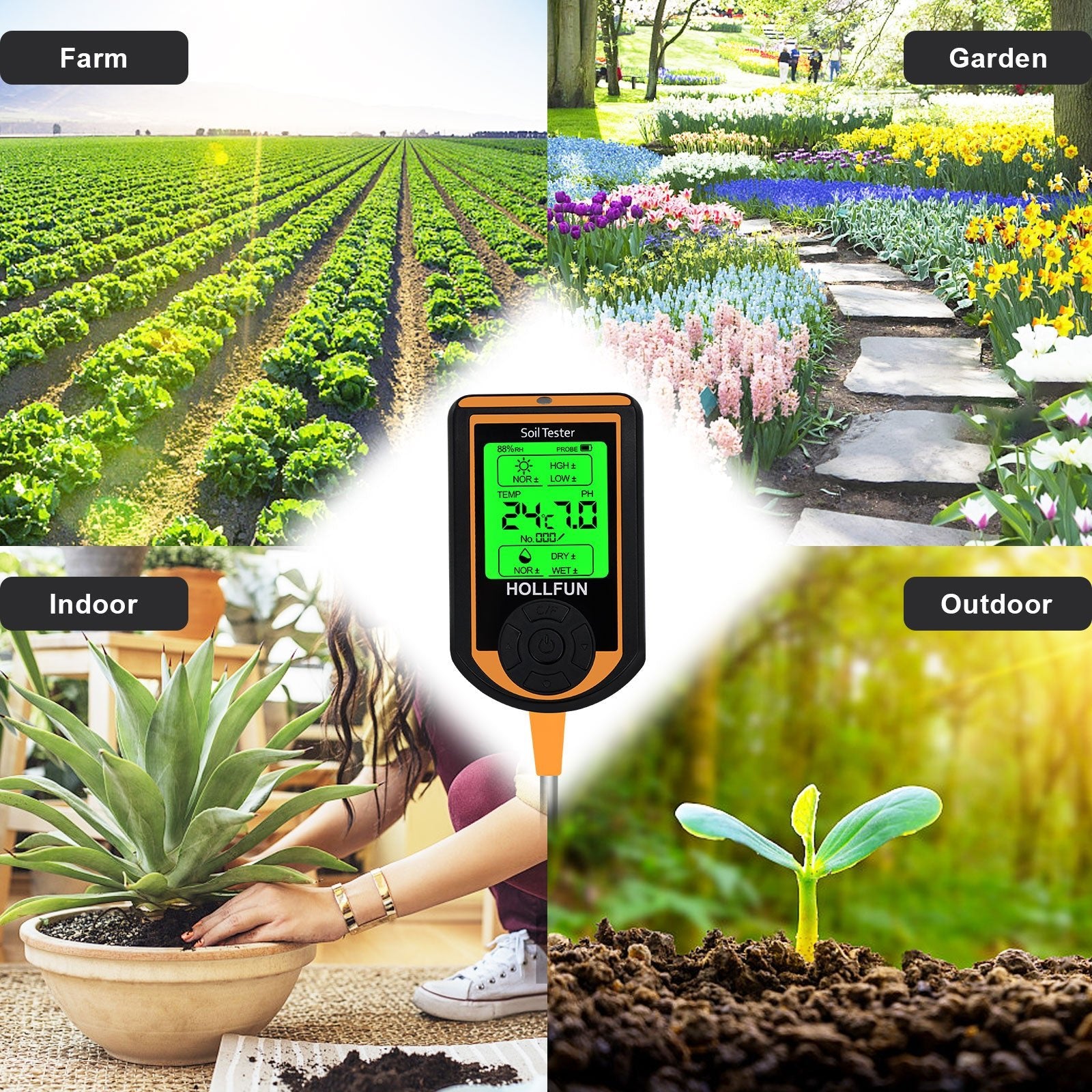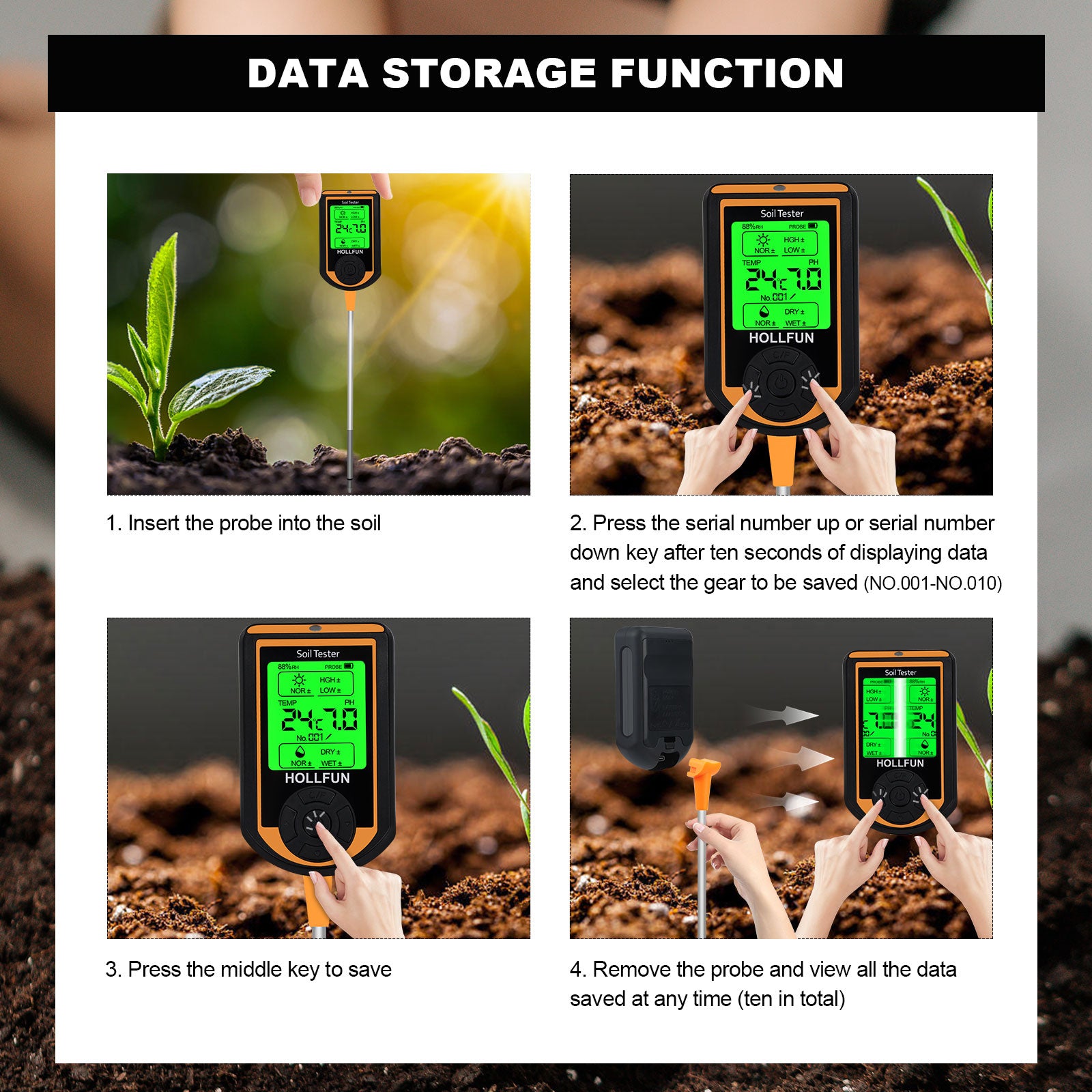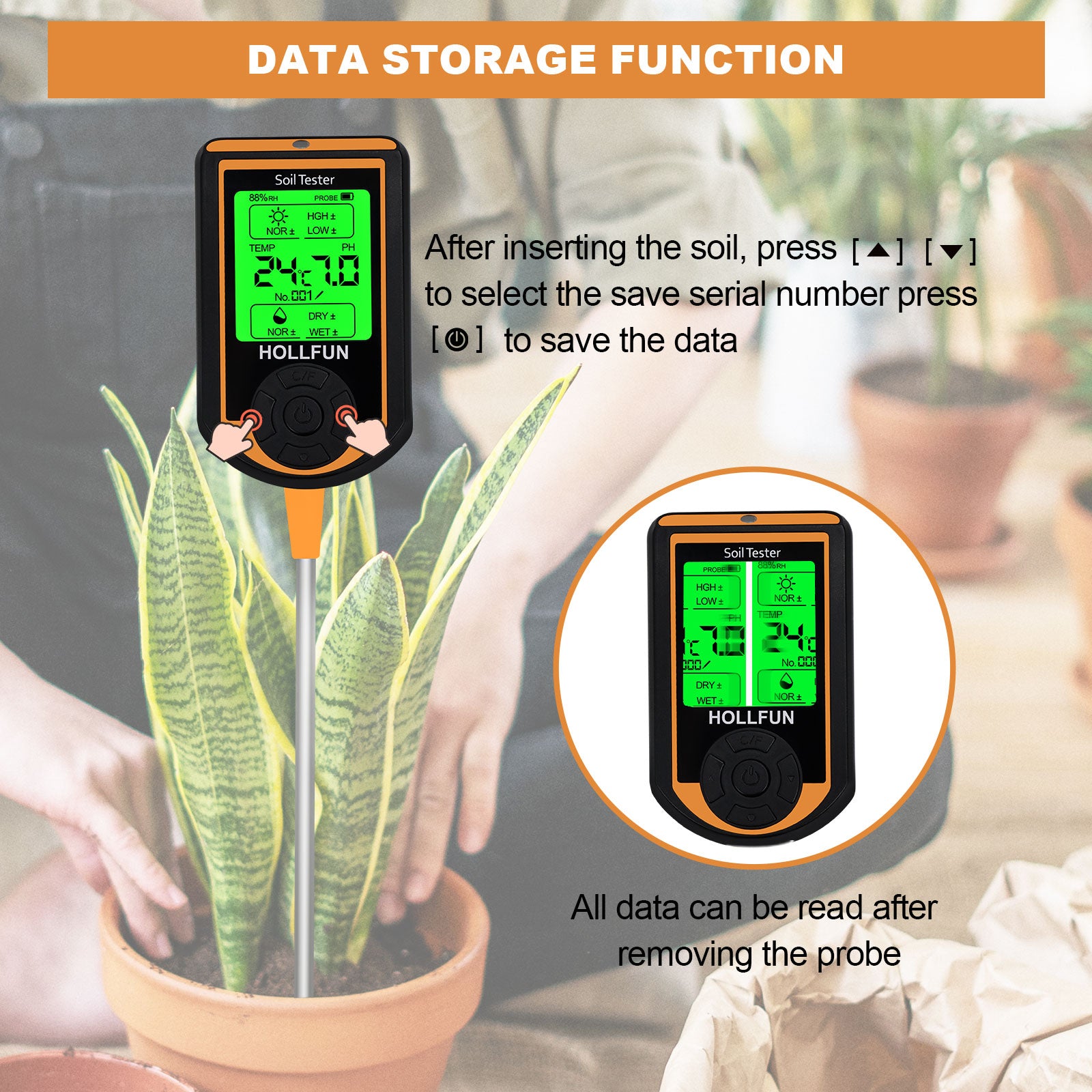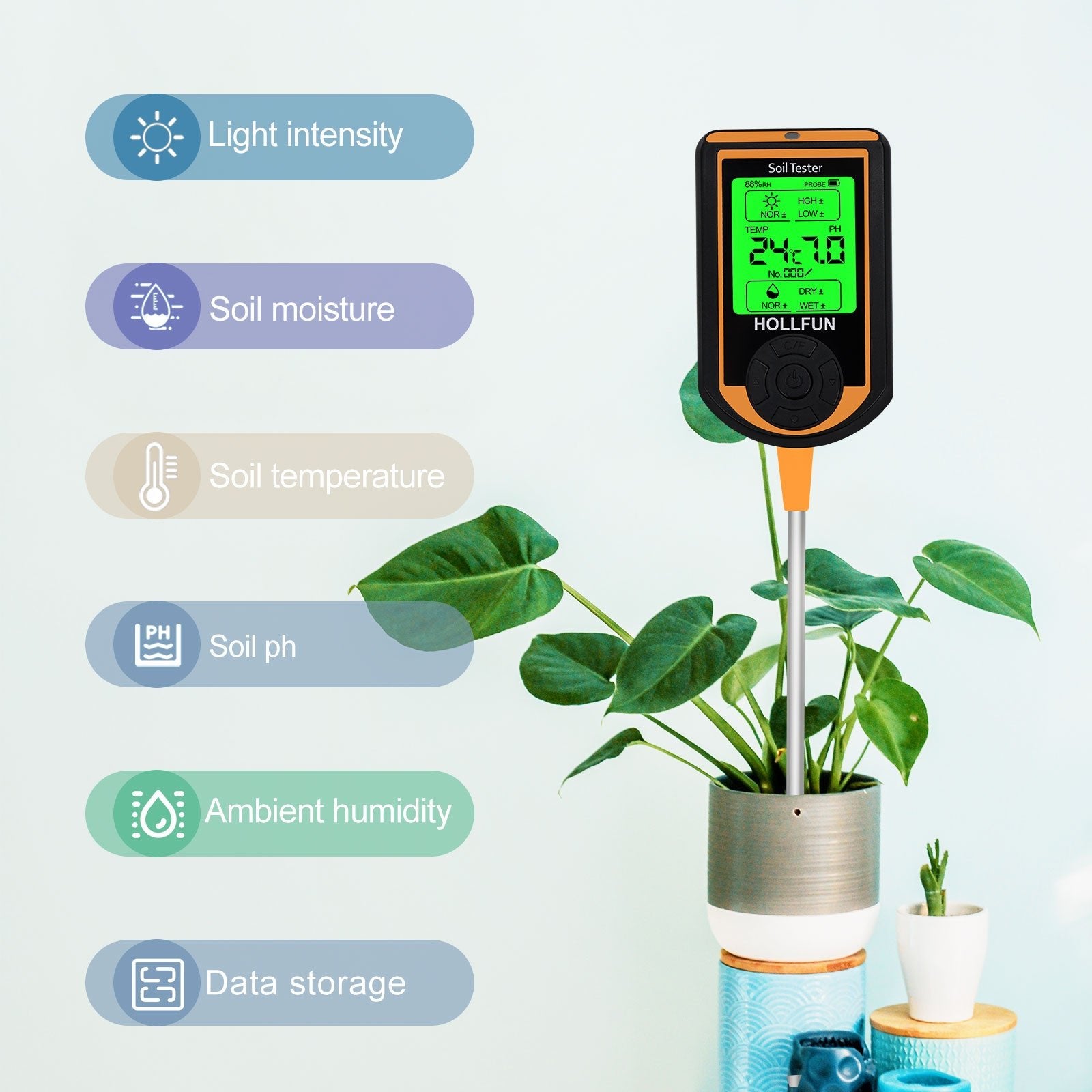Last time, we talked about peat, and this time, let's introduce its good friend—perlite.
What is perlite
- Perlite is a non-metallic mineral product made from preheated and rapidly heated expanded perlite ore, which expands 10-30 times in volume and forms a white, granular material with a honeycomb-like structure.
Advantages of perlite
- Water retention and aeration: Perlite can absorb water up to 2-3 times its weight and, when mixed with soil, creates gaps that enhance air permeability.
- Lightweight, porous, and insulating: Its porous structure provides natural temperature control, mitigating temperature fluctuations' impact on plant roots. It also helps regulate nutrient efficiency and fertility.
- Facilitates plant root growth: The high porosity of perlite greatly promotes the growth and development of plant roots, contributing to root stability.
- Non-toxic and harmless: Chemically stable with a neutral pH, perlite does not harm plants. It lacks organic matter, is insoluble in water, and inhibits mold growth, acting as a barrier against diseases.
Disadvantages of perlite
- Lightweight and fragile: Although perlite is a mineral product, it can be easily crushed, and excessive surface perlite in pots may float after watering or be blown away in outdoor environments.
- Relatively short lifespan: Perlite tends to break down after about a year of use, contributing to soil clumping.
How to use perlite
- In medium preparation and usage, perlite can be mixed in appropriate proportions to achieve loose, well-draining soil conditions. When mixing, consider the particle size of perlite; larger particles are generally more suitable for larger plants.
- Besides being used as an additive for potted plants, perlite can also be used for propagation and breeding of some plants.
Precautions when using perlite
- Perlite is prone to powdery breakdown, avoid kneading or squeezing during use. While the powder itself is non-toxic, it's advisable to avoid inhalation by user.
- Due to its lightweight nature and the tendency to float after watering, measures like using plastic film can prevent perlite from being blown away by the wind.
- Rinse newly purchased perlite to remove excess powder before use.
- Perlite is not suitable for plants that prefer alkaline conditions and is best for drought-tolerant plants that do not thrive in waterlogged conditions.
- Use perlite in moderation when mixing with other soils; a ratio of 4:1 soil to perlite is recommended.



